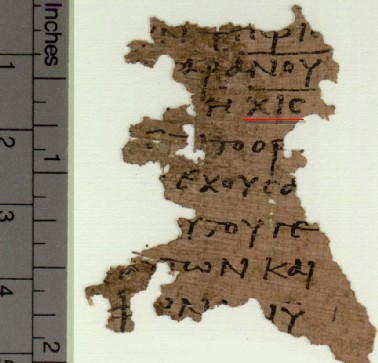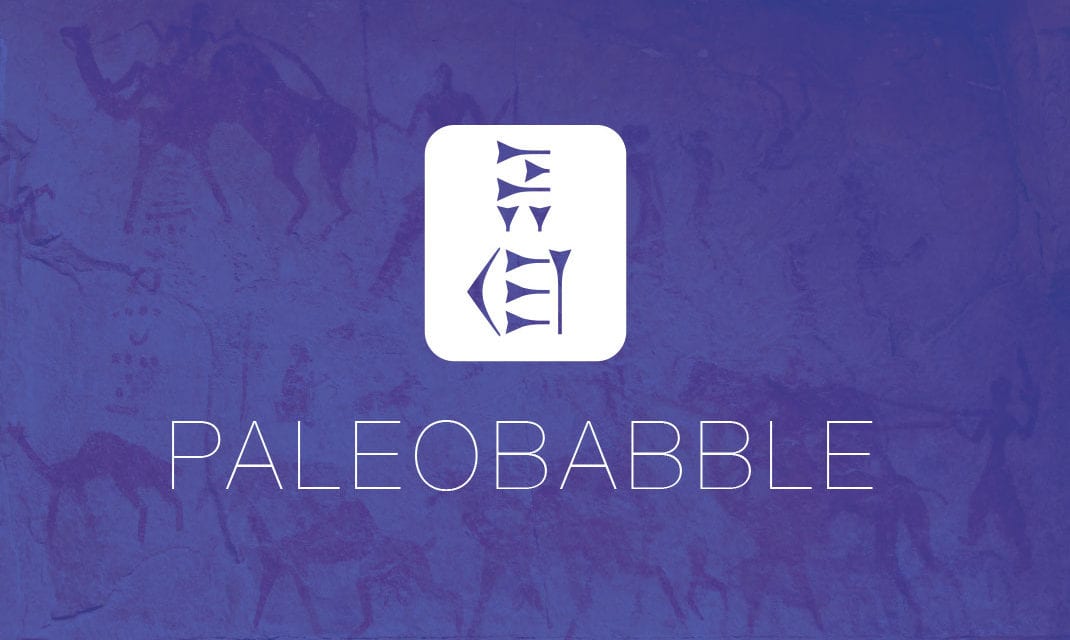This is sort of on the periphery of PaleoBabble, but the 666 / antichrist thing fits just about every discussion of the old and strange. A reader asked the “616” reading in one of the Greek Oxyrhyncus papyri in place of the famous “666” that occurs in Revelation 13:18.
Here’s a picture of the papyri in question, with the 616 underlined in red:

Basically, the issue is that in this papyrus, thenumber (which is abbreviated as ΧΙC (chi, iota, sigma), which are the letters used for the numerical total of 616. If we wrote out 616 longhand, the Greek would be hexakosiai deka hex (six hundred, ten, six). So is the number of the beast 666 or 616?
The short answer is that “666” has far greater manuscript support, and so it should be regarded as the better reading.
The longer answer is from Metzger’s textual commentary, where he notes a number of very early manuscripts that have 666 (my notes in brackets). 616 is also early, since Irenaeus knew of it, but 666 by far has the better textual argument. And besides, 616 and 666 are related, as Metzger notes.
Instead of ἑξήκοντα [60], which is strongly supported by P × A P 046 051 all extant minuscules (it vg syr, cop, arm al), δÎκα [10] is read by C and some manuscripts known to Irenaeus (who, however, says that 666 is found “in all good and ancient copies,†and is “attested by those who had themselves seen John face to faceâ€) and Tyconius. According to Tischendorf’s 8th ed., the numeral 616 was also read by two minuscule manuscripts that unfortunately are no longer extant (nos. 5 and 11; cf. C. R. Gregory, Prolegomena, p. 676). When Greek letters are used as numerals the difference between 666 and 616 is merely a change from ξ to ι (666 = χξς and 616 = χις). Perhaps the change was intentional, seeing that the Greek form Nero Caesar written in Hebrew characters (â€®× ×¨×•×Ÿ קסר‬) is equivalent to 666, whereas the Latin form Nero Caesar (â€®× ×¨×• קסר‬) is equivalent to 616.






https://www.facebook.com/video.php?v=10206207064392756